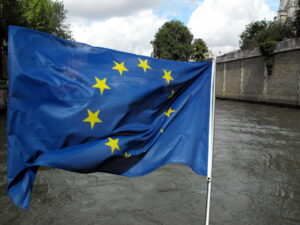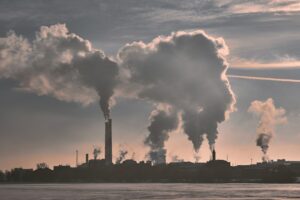Large amounts of microplastics have been found at the Snowdon summit.
Global science technology leader CCG has completed a microplastic survey to see whether it would be possible to create a Plastic Free Zone on Snowdon.
The researchers found that the largest amounts of microplastics were observed where people congregate in large numbers.
Microplastic particles constituted nearly 5% of the total sample collected on the summit.
These results were used to determine a Microplastic Pollution Index. This is designed to help organisations, local authorities or government agencies to identify areas of plastic leakage.
The index revealed that the majority of particles found on Snowdon were highly-abraded particles formed from the fragmentation of larger plastic material and fibres shed from clothing.
The Snowdonia National Park Authority aims to use this data to increase public awareness of plastic pollution and will consider the practicalities of introducing Plastic Free Areas in the National Park.
John Harold, director of Snowdonia Society and chair of Partneriaeth Yr Wyddfa, said: ‘These results are a stark reminder of how persistent plastic is when it gets into the environment.
‘A huge amount of litter is cleared by staff and volunteers, but by no means all gets picked up.
‘This work shows what happens when plastic is let loose in the soils and freshwater of our precious protected areas; it breaks into countless particles and we lose control of it. Once again this really highlights the need for us all to be extra careful when visiting protected areas.’
Peter Whiting, EVP, Geoscience, CGG, added: ‘With the growing need for clear and transparent environmental information, CGG’s innovative microplastic analysis technique provides detailed microplastic pollution information for a range of stakeholders.
‘Through continued investment in technology, CGG is developing advanced workflows to generate data that is key to addressing global environmental challenges such as plastic pollution. This technique complements our other plastic pollution monitoring initiatives, such as our ongoing European Space Agency project to monitor plastic pollution from space. It also strengthens CGG’s portfolio of advanced environmental monitoring solutions.’
Photo by Nikolay Dimitrov













